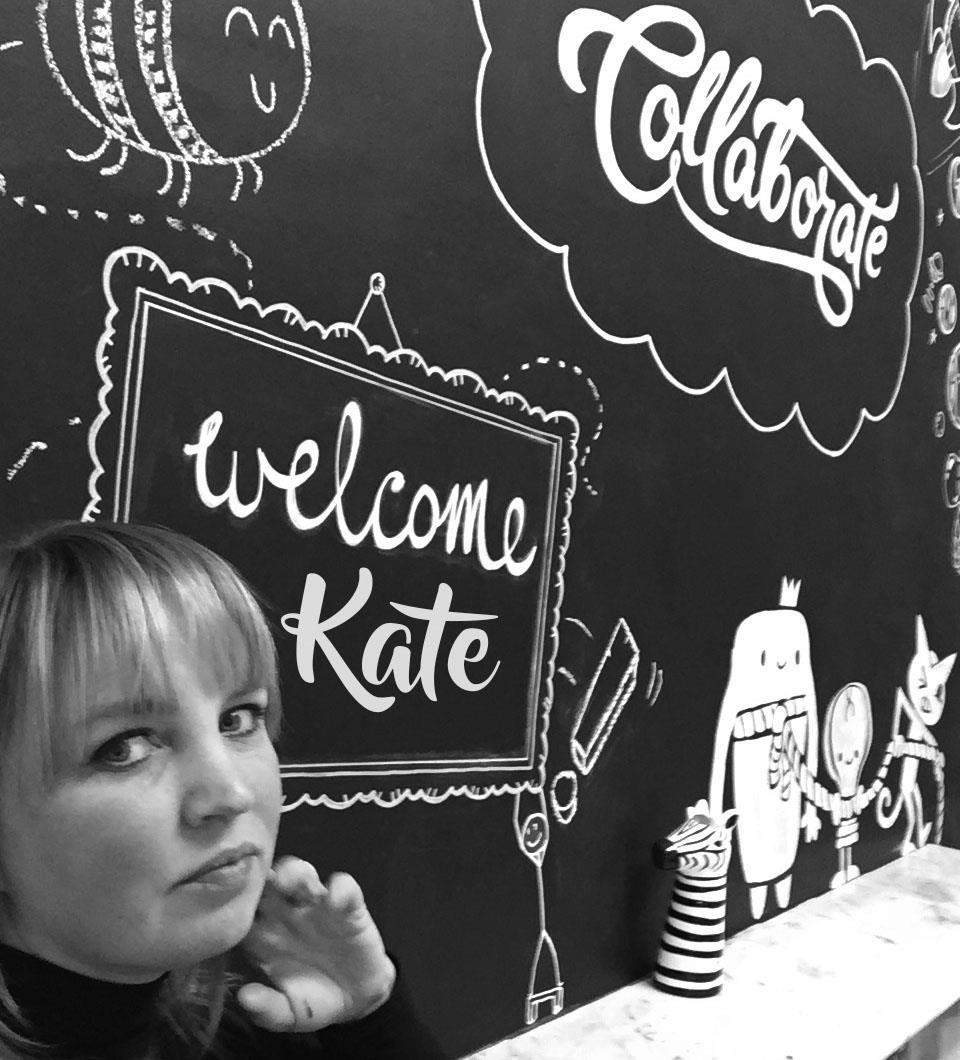Collaborate’s Top Ten Tips For Illustrating A Picture Book
18th January 2020
Today’s top tips come from Kate Johnson our Head of New Development here at Collaborate and all round Big Gun in Sales and Studio Mum. Kate loves nothing better than nuturing illustrative talent and Art directing stunning Picture books. Kate is an integral part of the growth here at Collaborate and comes with 15 years of Artwork commissioning at Advocate Art, where she problem solved and project managed 600 plus significant titles per year, we thought it high time she started putting all that experience into practice and start sharing some of her tips…. Here is the first of many:
- Choose a sensible and suitable page size – there are a number to choose from. The following selection offer a good cross-section of typical TPS (trim pagesize):
Square: 260 x 260mm / 250 x 250mm / 220 x 220mm
Portrait: 295 x 240mm / 270 x 215mm / 260 x 215mm
Landscape: 250 x 280mm / 247 x 287mm / 245 x 276m - Remember to include bleed – typically internal pages require a minimum 5mm but if youcan allow for more it will provide a little flexibility in the page design
- Prepare your covers 6mm larger than the TPS and allow for 18mm bleed minimum. This will cater for publishers choosing to produce hardback (cased) editions first
- Shelf impact is key to selling your book. As a general rule, book covers need to grab attention within a few seconds and from a distance. Darker covers are less likely to stand out against bolder, brighter ones unless they have a special print finish that makes them ‘zing.’ If dark is want you need, make sure you consider how to make it stand out from the crowd.
- Consider placement of text when you sketch out your ideas for both cover and inside. Text is every bit as important as image. If they work well together your book will be more saleable.
- Allow space without background details to ensure internal text is legible enough – 95% of the time the text will need to be black. Using text panels can work well, so long as they are considered part of the art and not an after thought. Plan to create, don’t ‘make it fit later.
- Consider what image styles could work with your story idea. Try to vary the images you use – full out/full bleed images cover a whole page or spread. Vignettes include some background detail and fade out to a plain/white background. Spot images are ‘cut to white’, which means the images don’t faded but finish abruptly at the image edge. Borders can also add interest as well as using white space to frame your imagery
- Avoid key imagery crossing the gutter (centre of a spread), faces in particular, as part of the detail will be lost or distorted due to the binding process of the book. Allow10-15mm for best composition
- Important imagery should be at least 5mm from the book trim (page edges), so plan your composition to account for this
- If you illustrate using pastels or a similar medium or create heavily detailed art, aim to work at 150% so that your images can be scaled down. It will tighten the detail when printed.



